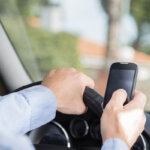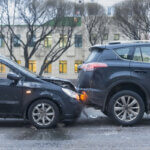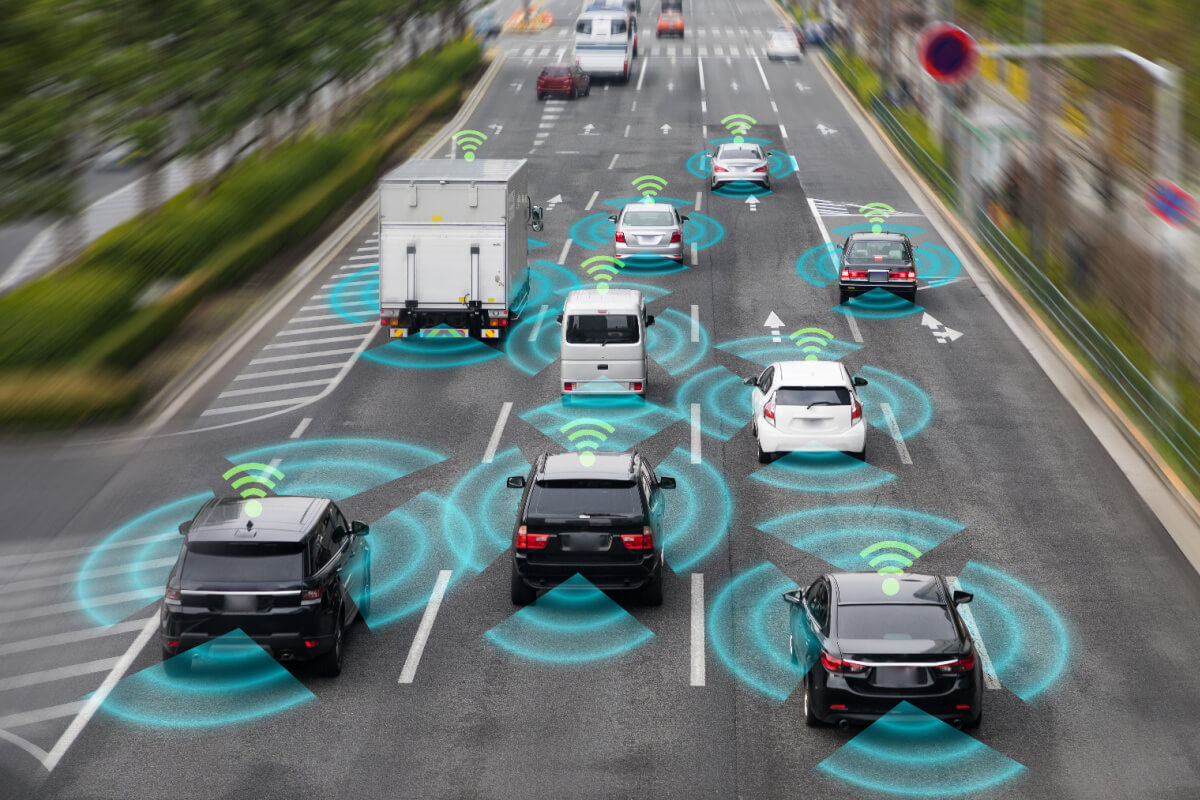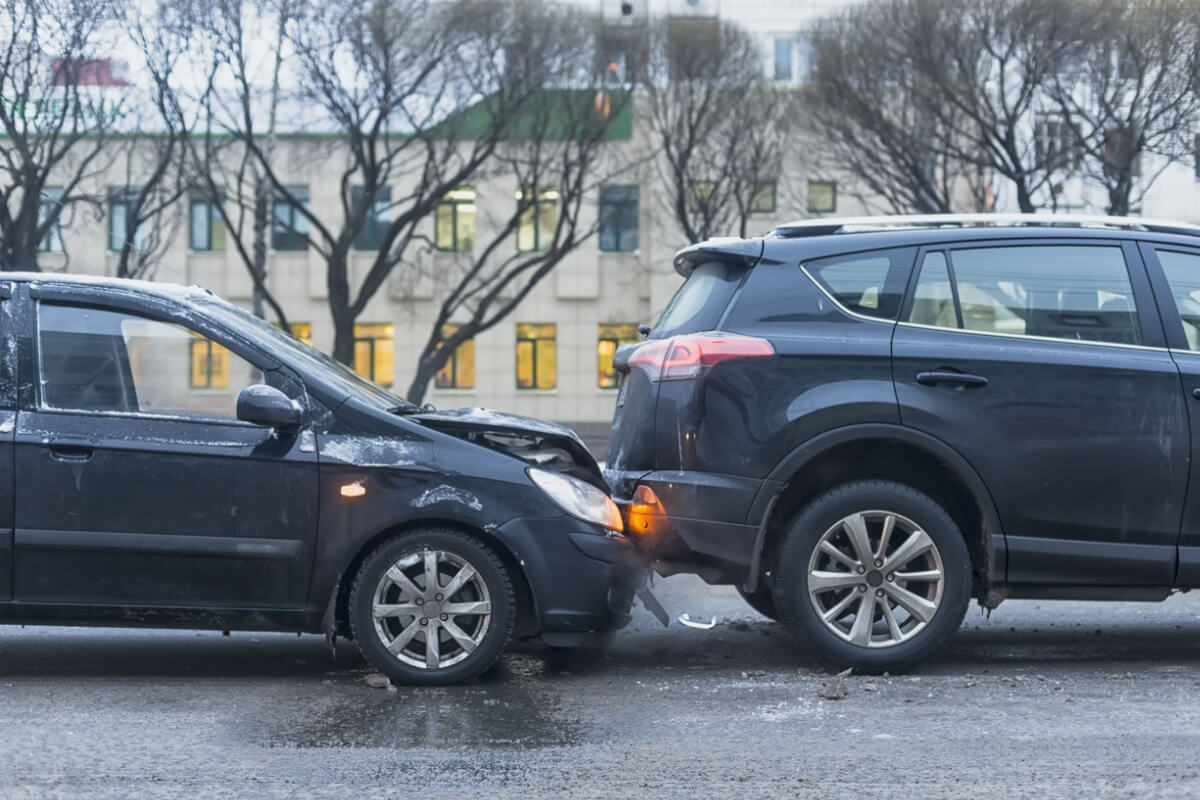
Associate at AKD Lawyers
Practice Areas: Personal Injury, Workers Compensation
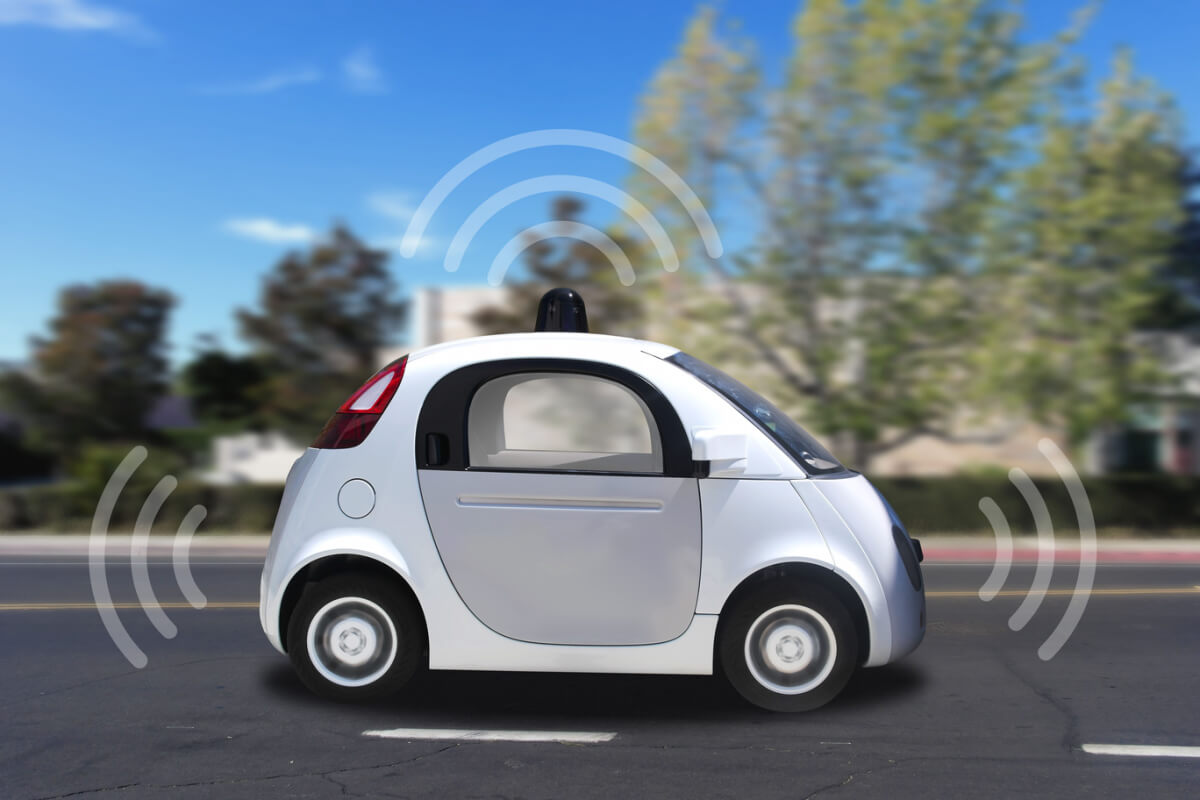
Louisiana lawmakers have been future-focused in allowing different types of autonomous vehicles on state roads – including self-driving delivery vehicles, and testing of driverless semi-trailer trucks. The exciting reality of autonomous vehicles taking the place of human drivers on long, repetitive road journeys may be around the corner, but when an accident occurs, who will be at fault and how will that be proven?
In the age of traditional vehicles, determining liability in an accident generally focused on driver error. However, with the advent of autonomous vehicles, this dynamic is changing. Now, attention is turning toward the manufacturers and software developers that create these self-driving systems. If an autonomous vehicle is involved in an accident, questions arise – Was there a flaw in the programming? Did the sensors fail to detect a hazard? As this shift takes place, accident liability becomes a matter of product fault rather than human error. This new paradigm presents a significant change in personal injury law, with far-reaching implications for the future.
The Role of AI in Determining Fault
Artificial Intelligence (AI) is a significant player in the world of autonomous vehicles. Beyond simply driving the car, AI could also revolutionize how fault is determined in car accidents. With advanced systems recording all aspects of a vehicle’s operation, AI can recreate the incident, painting a clear picture of what occurred. This is much more precise than relying on human accounts, which can be unreliable and contradictory. Hence, the role of AI extends beyond just preventing accidents – it may also streamline the process of establishing fault when incidents do occur. This technological advancement promises a new level of objectivity in personal injury cases involving autonomous vehicles.
Understanding Product Liability Claims in Autonomous Vehicle Accidents
With the arrival of autonomous vehicles, the landscape of personal injury claims is evolving. Now, accidents might not be about driver error, but rather product failure. Product liability claims arise when a product, in this case, an autonomous vehicle, doesn’t function as it should and causes harm. This could be due to faulty sensors, inaccurate programming, or mechanical defects. The vehicle or the software manufacturers may bear responsibility for these mishaps. Instead of analyzing a driver’s actions, the focus shifts to whether the autonomous vehicle operated correctly. Thus, autonomous vehicles are fundamentally transforming personal injury claims from questions of driver fault to product reliability.
Changes in Insurance Policies with Autonomous Vehicles
As autonomous vehicles become more prevalent, insurance policies are facing significant changes. In traditional scenarios, insurance rates depend on the driver’s history, age, and other risk factors. But with autonomous vehicles, the ‘driver’ factor diminishes. Instead, the reliability of the vehicle’s software and hardware become key considerations. Consequently, insurance companies may shift from insuring drivers to insuring the technology within the vehicles. They’ll have to reassess their policies, perhaps offering coverage for system failures or malfunctions. This shift in liability could lead to more manufacturer-focused policies, fundamentally altering the landscape of auto insurance in the era of autonomous vehicles.
Data Privacy and Its Impact on Personal Injury Cases
In the world of autonomous vehicles, data is a key player. These vehicles continually generate vast amounts of data about their surroundings, their operations, and even their passengers. This data can be instrumental in personal injury cases, offering precise details about an accident. However, there are privacy concerns to consider. While it can provide a clearer picture of an accident, the continuous collection and use of this data can potentially infringe on personal privacy rights. Balancing the need for justice in personal injury cases with privacy rights is a significant challenge. The integration of data usage into personal injury law thus demands careful attention to privacy concerns.
The Impact of Federal and State Regulations on Autonomous Vehicles
Federal and state regulations play a critical role in shaping the landscape of autonomous vehicles. As these self-driving cars become more commonplace, lawmakers are grappling with how to regulate their use to ensure safety and responsibility. Regulations may determine standards for vehicle operation, data privacy, and even liability in the event of an accident. These laws could have profound impacts on personal injury cases. For example, if a regulation mandates certain safety standards for autonomous vehicle operation, failure to meet these standards could factor into liability decisions.
Smart Cities and Their Influence on Personal Injury Claims
Smart cities, with their integrated technology and connectivity, can significantly influence personal injury claims involving autonomous vehicles. For instance, traffic lights, speed limits, and pedestrian crossings can communicate with these vehicles, reducing the chances of accidents. However, when accidents do occur, data from the city’s integrated systems could provide valuable insights into the circumstances of the incident. The advanced technology of a smart city could potentially detect a vehicle’s malfunction or a system’s non-compliance, playing a crucial role in determining liability. Therefore, the rise of smart cities could lead to a decrease in accidents, but it also adds another layer of complexity to personal injury claims when accidents do happen.
The Effect of Autonomous Vehicles on Pedestrian and Cyclist Personal Injury Cases
Autonomous vehicles promise to enhance road safety, but their impact on pedestrians and cyclists raises unique considerations. With advanced sensors and AI, these vehicles should ideally detect and avoid pedestrians and cyclists more effectively than human drivers. However, accidents can still occur due to software glitches or unforeseen circumstances. When such incidents occur, it can be challenging to establish liability. Is the fault with the autonomous vehicle’s manufacturer, its software developer, or perhaps the pedestrian or cyclist themselves? This uncertainty introduces a new layer of complexity to personal injury cases involving pedestrians and cyclists, reshaping how these cases are approached in the age of autonomous vehicles.
The Effect of Autonomous Vehicles on Pedestrian and Cyclist Personal Injury Cases
The advent of autonomous vehicles introduces a new perspective on personal injury cases involving pedestrians and cyclists. Traditionally, these cases often focus on driver error. But with self-driving vehicles, the ‘driver’ is an algorithm. These vehicles use sensors and artificial intelligence to navigate, theoretically improving safety for pedestrians and cyclists by reducing human errors. However, if an accident occurs, determining liability becomes complex. The question shifts from “Was the driver negligent?” to “Did the vehicle’s systems function correctly?” Was there a malfunction, a software glitch, or a faulty sensor? Thus, the rise of autonomous vehicles redefines pedestrian and cyclist personal injury cases, presenting new challenges in establishing fault and liability.
Redefining Driver Negligence in the Age of Autonomous Vehicles
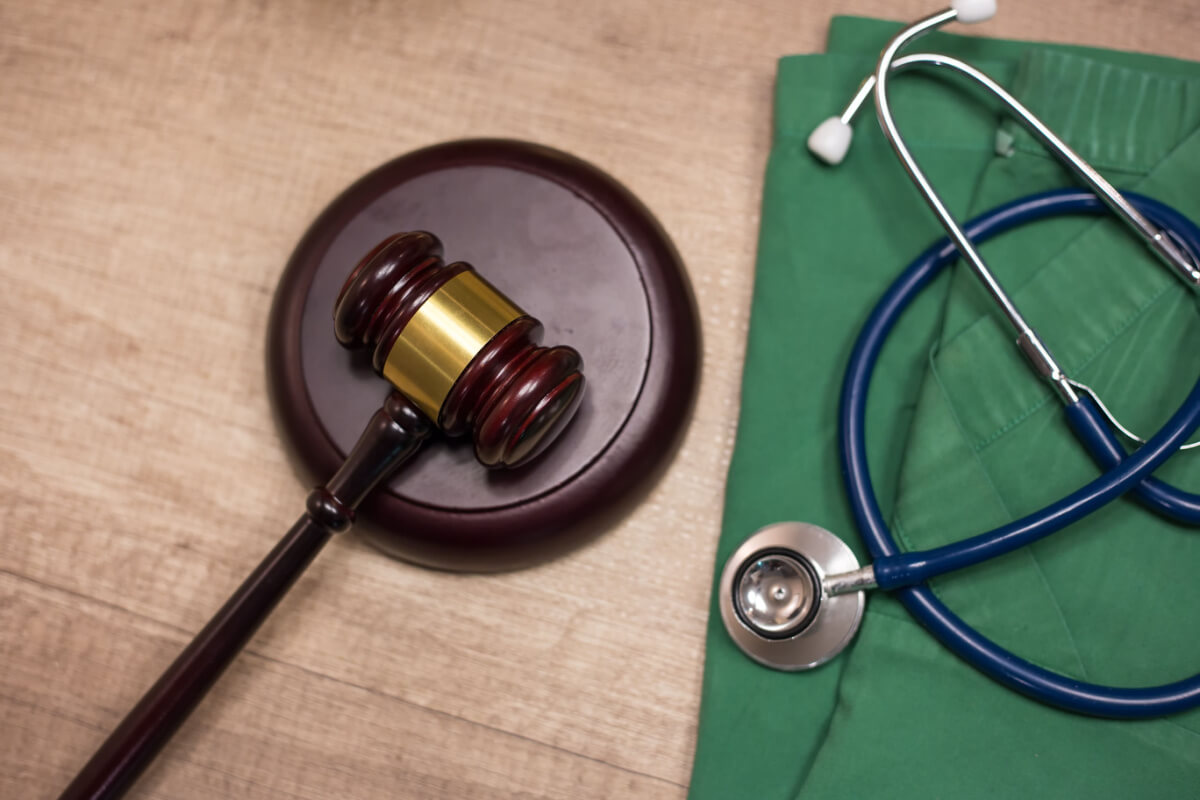
In the era of autonomous vehicles, the concept of driver negligence is undergoing a fundamental transformation. Traditionally, driver negligence pertains to human error, such as distraction, impairment, or reckless driving. However, with self-driving cars, the ‘driver’ is essentially a combination of software algorithms and hardware systems. If an accident occurs, it could be due to a software bug or a hardware failure rather than human error. Consequently, negligence may be redefined in terms of system failure or malfunction, shifting the burden of responsibility from human drivers to vehicle manufacturers or software developers. This shift prompts a reconsideration of established norms in personal injury law and changes the face of negligence claims.
While the introduction of autonomous vehicles brings about a wave of innovation and convenience, it’s essential to remember that accidents can happen in various scenarios. For instance, a pedestrian might suffer from a dog bite near a construction site where autonomous vehicles are being tested, highlighting the importance of understanding the dangers of construction sites.
Similarly, while autonomous vehicles aim to enhance safety, traditional vehicles still pose risks, such as the need for parents to be aware of car seat recalls. Furthermore, the legal landscape is continuously evolving, especially with challenges like COVID-19 affecting various sectors, including transportation. It’s crucial for individuals to stay updated with recent news and understand how to address legal authorities appropriately in case of disputes.
If you are dealing with a personal injury case, contact Alvendia Kelly & Demarest today at 504-200-0000 to schedule a free consultation.
Categories

In 2003, after being dissatisfied with the quality of legal care for victims of car accidents, Roderick ‘Rico’ Alvendia sought to establish a new firm focused on providing high-quality legal services to aid injured victims and their families. J. Bart Kelly, sharing Rico’s passion for upholding justice, joined the firm later that year, and established a partnership.

